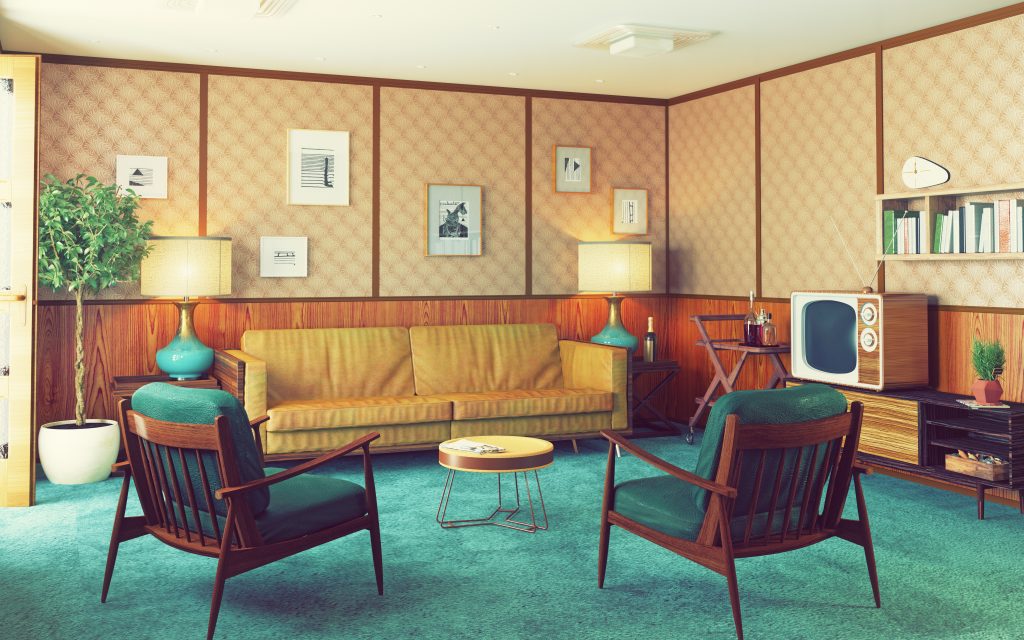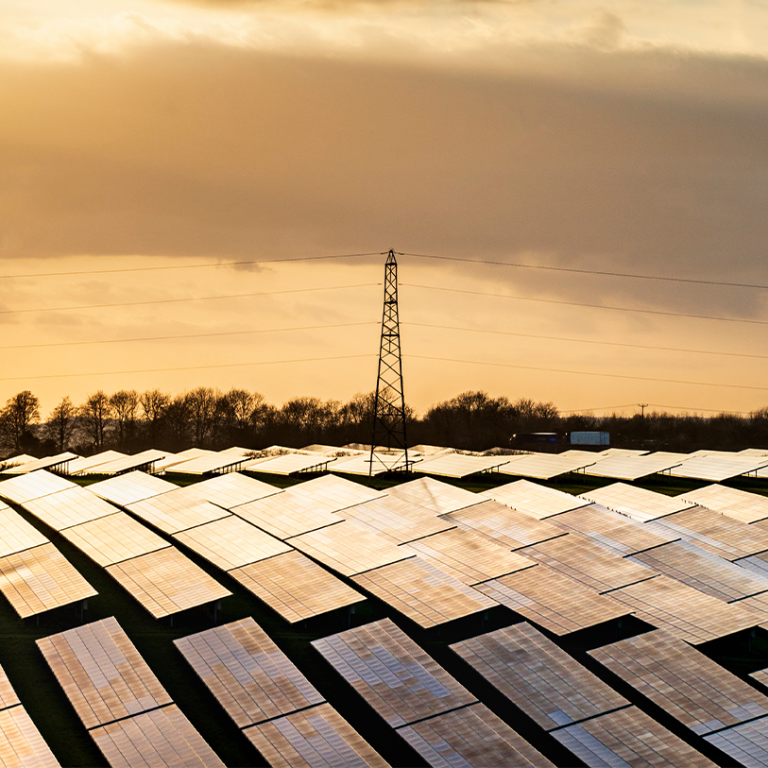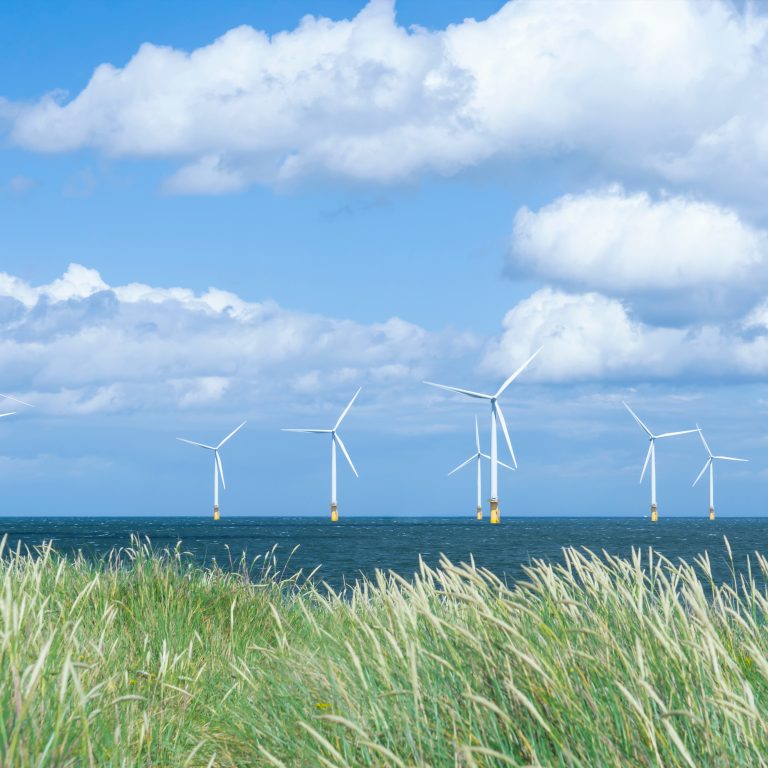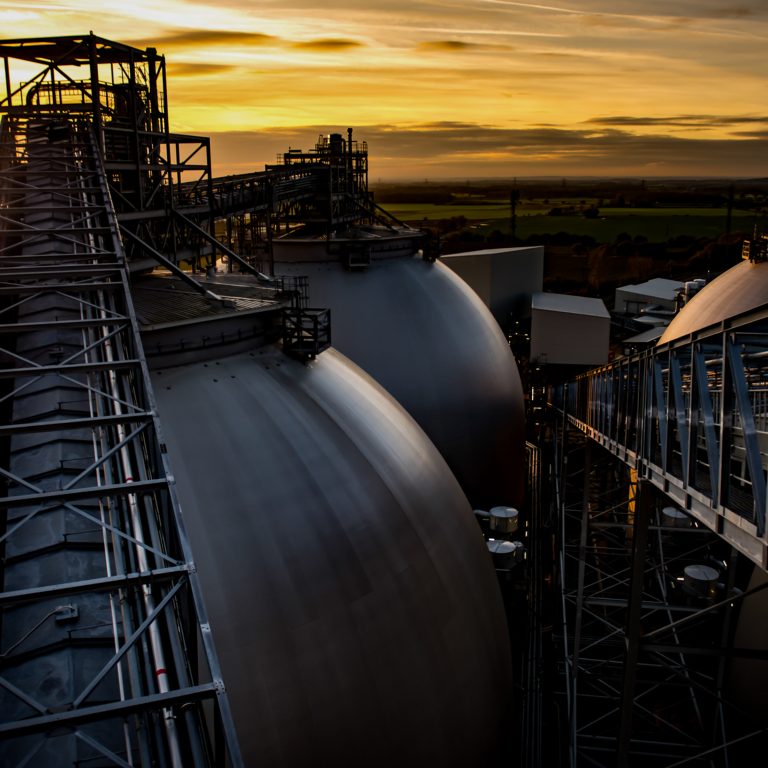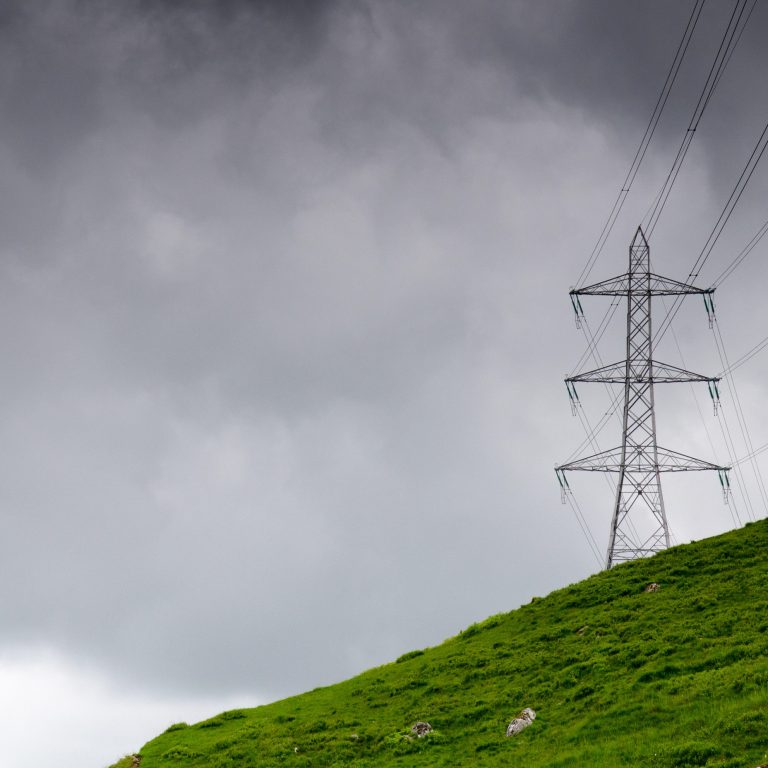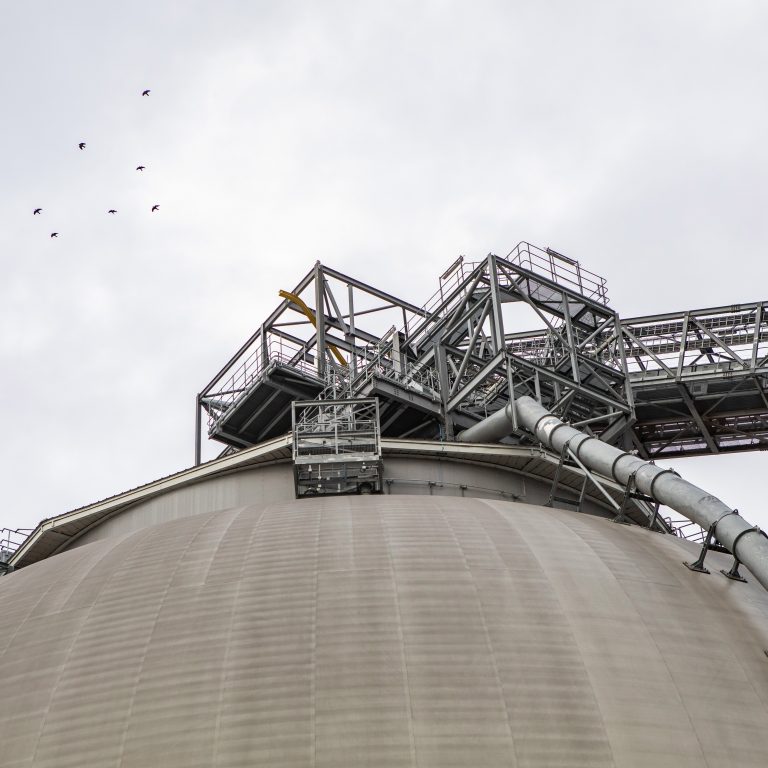Great Britain’s energy mix is arguably in the best place it’s been in modern times. During the second quarter of 2017, 56% of our power came from lower-carbon energy sources. This includes renewable, nuclear and much of the power imported from France. By 2035, it’s projected that the amount of electricity generated by ‘major power producers’ from renewable sources like wind, solar and biomass could more than double from just over 80 terawatt hours (TWh) in 2016 to almost 180 TWh.
There is still a way to go, but the progress we’ve made is remarkable. Great Britain is now ranked seventh among large economies for electricity decarbonisation. It’s even more impressive when you consider where we’ve come from. Just five years ago, 38% of the UK’s electricity was generated from coal. Between April and August 2017, that share slipped to just 1.9%, and in April 2017 Britain went a full 24 hours without using any coal to generate its electricity – the first time this has happened since the Industrial Revolution.
If you look even further back, however, the difference is even more impressive.
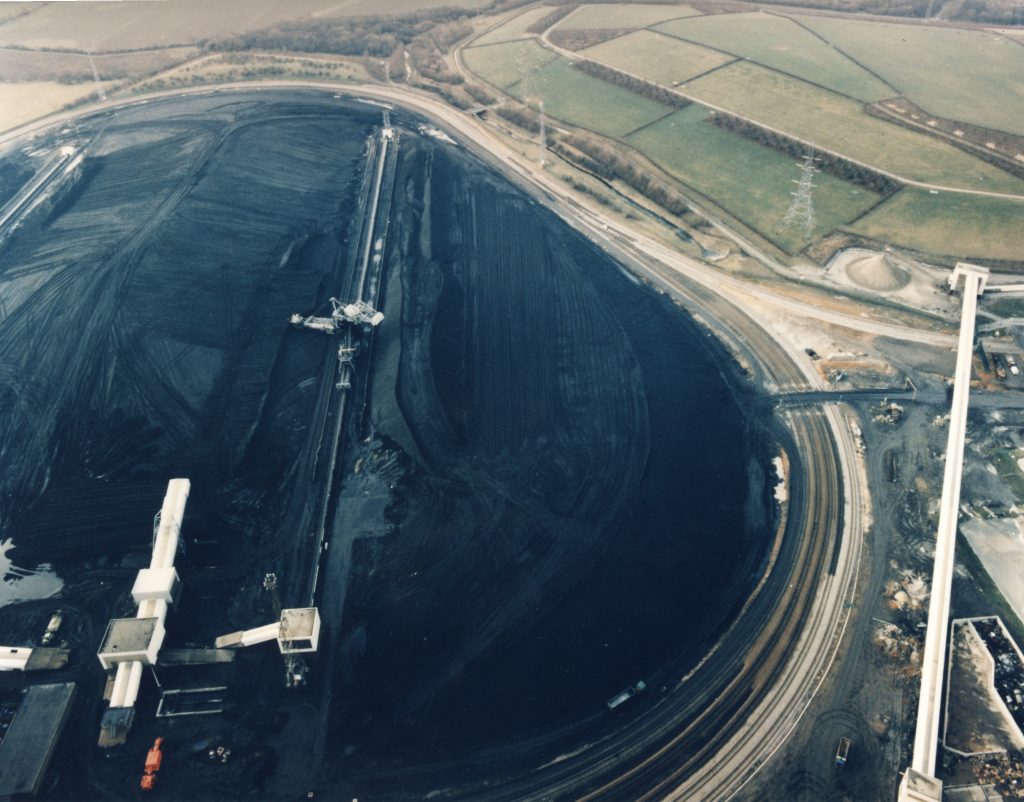
Electricity in the 70s
Welcome to 1970s Britain. Striking workers in the power industry have prompted Edward Heath’s Conservative government to put in place the three-day week, limiting commercial use of electricity and putting curfews on television broadcasting. Since then a lot has changed, and this has had a marked effect on how we use electricity.
For one, the UK’s population has grown by nearly 10 million. More than that, the average number of electronic appliances per household has risen from 21 to 50.
In 1970 the average household had 16 lighting appliances, one cold (e.g. fridges and freezers), one wet (e.g. washing machines and dishwashers), one cooking appliance and two consumer electronic devices (e.g. a TV and a power supply unit). In comparison, the average today is 27 lighting, two cold, two wet, 13 consumer electronics, three cooking devices and an additional three home computing devices. The UK household today is far more reliant on electricity and electrical devices – unsurprisingly, this means how much electricity we use has changed.

Total household electricity consumption in 1970 was 2,995 ktoe (thousand tonnes of oil equivalent). In 2015, Britain used nearly double – 6,869 ktoe. And while this is a steep rise, our electricity use is currently on a downward trajectory.
Since peaking in 2007 at more than 8,000 ktoe, domestic electricity use has shrunk thanks to more efficient appliances. For example, an LED light bulb can use as much as 80% less electricity than a traditional incandescent one – and can last 25 times longer.
Our overall energy use (i.e. the sources beyond electricity that we use to fuel things like heating and transport) has also decreased since 1970. Households are using 12% less, while the relative decline of heavy industry and manufacturing in the UK means industry now uses 60% less energy than it did in 1970.
These gains are slightly offset by our growing love of mobility. In 1970, there were around 10 million cars on UK roads. Now there are around 26 million and we also take a lot more flights, which means the transport sector today uses roughly 50% more energy than in 1970.
Cleaning things up
Electricity consumption has changed since the 1970s. That’s no surprise, but what’s more important is the electricity we use is cleaner than it’s ever been. In 1970, we used 57 million tonnes of coal in power generation every year. By 2012 we were using just three million tonnes, and during the last four years coal output has fallen 82%. Instead, our electricity is increasingly coming from natural gas plus renewable and low carbon sources, a trend set to continue.
With the maturation of renewables, the increasing prevalence of smarter technologies and smarter, more efficient electricity grids, our energy system is set to remain in a state of positive change. A lot of progress has been made over the last 40 years – and it’s likely to continue over the next 40.
This is the first in a series on electricity demand through the ages, the second story of which looks at 2018.








